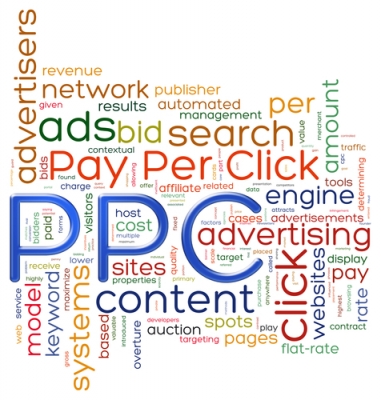
We’re in an industry that loves best practices, but A/B and multivariate testing is famous for busting apart our sacred cows and proving that not all generally accepted BP’s are optimal for every business.
Ironically, conversion optimization has its own best practice myths that need to be busted. Let’s look at 5.
1. Users don’t read
Anyone who’s read Steve Krug’s classic Don’t Make Me Think knows that users don’t read word for word what’s on your website. They’ll easily miss instructions, confirmation emails, headlines, ads, fine print, etc, or scan long blocks of text, and usability research backs this up.
Where this best-practice can become dangerous advice is when it’s misunderstood that people don’t read long copy ever. Avoiding long product page or landing page copy because of the adage “users don’t read” means you could be leaving dollars on the screen. There are many cases where long copy outperformed short. The key is apply principles of online copywriting (write succinctly, use bullet points and headings, avoid jargon, write persuasively, etc). And of course, test.
2. Users don’t scroll
Some users scroll, some don’t. But many marketers hold to the idea that users don’t scroll, so design everything above the fold. It’s just not so. CX Partners ran over 800 tests and found only 3 occasions where the fold was a hindrance to users finding the information they want. What’s more, the design constraints of working within magical fold dimensions can actually hurt your conversion rates. Trying to pack too much content into too little space creates noise and distractions.
This is a key myth to bust in the age of mobile web design. It’s still safe to say users tend not to scroll horizontally, and pinch and zoom is a pain. Vertical scrolling is inevitable on mobile devices, but the pain can be minimized with expand/collapse sections and read-more buttons.
That said, eye-tracking research still shows attention drops off below the fold, so your most important content should still remain above.
3. People always are impressed by social proof
Social proof can be a powerful conversion factor, but it’s not one that should go untested. We covered 2 examples in a previous Get Elastic article When Social Proof Doesn’t Work. It comes down to what’s the primary motivation for a user to accept your offer, be it a sale, subscription, opt-in, or social share.
Money Supermarket tested prices against consumer ratings the prices won out.
DIYthemes acquired twice as many email sign ups with its simple form (center) vs. the ones that list subscriber count.
There are plenty of great case studies where testimonials, product ratings, subscriber counts, Cnet ratings and the like helped conversion greatly. The key is to not assume using social proof is a silver bullet and neglect to test it.
4. Your HiPPO is a clueless dinosaur
If you believe your HiPPO (highest paid person in the organization) is a dinosaur that doesn’t know about modern web marketing and is nothing but a roadblock to your testing liberty, think again.
Your HiPPO is likely your HiPPO because of a solid track record in business, management or leadership, even if his or her skill-set doesn’t include A/B and multivariate testing. It can be frustrating when your HiPPO doesn’t see the value in testing investment,. But an attitude of HiPPO as clueless dinosaur is dangerous, it hinders your ability to learn from others and will make you hate your job, and this attitude will likely seep through in your “pitches” for testing programs.
Instead, take time to learn what keeps your HiPPO up at night, and communicate how your approach to testing can help them ease the FUD in their own jobs. And approach the subject with a dose of humility.
5. A/B testing will fix your conversion problems
You can get tremendous wins with A/B and multivariate testing, you can also get minimal gains. Sometimes lacklustre conversion is less about elements of the presentation layer and more about other factors, like:
- site performance (page load speed)
- product (availability, selection of merchandise)
- business policies (shipping charges, pricing, returns process, etc)
- lack of a strong value proposition (often out of control of the conversion optimizer, it’s a business strategy or brand positioning issue)
- an industry where the buying cycle is relatively long
The answer is sometimes not more and more conversion tests, but addressing the non-UX factors of why people buy from you and your competition.
Author: Linda Bustos
Courtesy of www.getelastic.com
Leave a Reply
You must be logged in to post a comment.